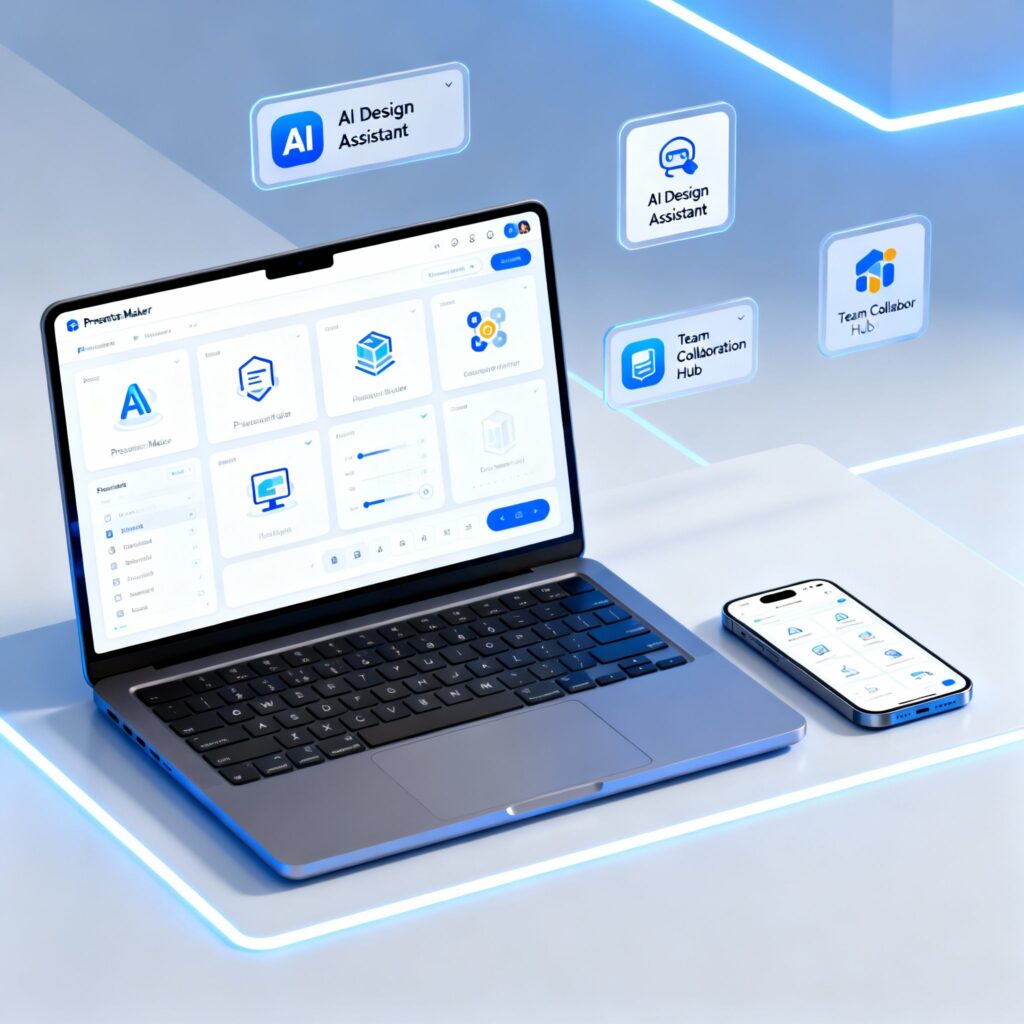As an Android Device user, you’re probably aware of the importance of managing your device’s data usage to avoid exceeding your monthly limit and incurring additional charges. However, some apps can consume excessive amounts of data without your knowledge or consent, slowing down your device and impacting its battery life. In this blog post, we’ll explore the top hidden data-draining apps on Android devices, discuss their impact, and provide tips on how to monitor and control their data usage.

Understanding Data Usage on Android Devices
Before we dive into the hidden data-draining apps, it’s essential to understand how data usage is calculated on Android devices. The Android operating system calculates data usage by tracking the amount of data transmitted and received by each app. This data usage is then categorized into three types: Wi-Fi, cellular, and background data.
Wi-Fi data usage refers to the data consumed by apps when connected to a Wi-Fi network. Cellular data usage, on the other hand, refers to the data consumed by apps when connected to a cellular network. Background data usage refers to the data consumed by apps when they’re running in the background, that is, when they’re not being actively used.
The Impact of Data Usage on Device Performance and Battery Life
Excessive data usage can significantly impact your device’s performance and battery life. When apps consume too much data, they can slow down your device, cause it to heat up, and drain the battery quickly. This can be particularly frustrating when you’re trying to stream a video or play a game, only to have your device slow down or run out of battery power.
Identifying Hidden Data-Draining Apps
Some apps are designed to consume excessive amounts of data without your knowledge or consent. These apps can be hidden data-draining apps, and they can be difficult to identify. Here are some examples of hidden data-draining apps on Android devices:
Social Media Apps
Social media apps like Facebook, Instagram, and Twitter are notorious data-drainers. They consume data in the background, even when you’re not actively using them. This means that they can continue to consume data even when you’re not scrolling through your feeds or posting updates.
Streaming Apps
Streaming apps like Netflix, Hulu, and YouTube can also consume excessive amounts of data. These apps often stream high-quality video content, which requires a lot of data to buffer and play. If you’re not careful, these apps can quickly consume your entire monthly data allowance.
Gaming Apps
Gaming apps like PUBG, Fortnite, and Candy Crush can also consume a lot of data. These apps often require constant internet connectivity to function, which means they can consume data in the background even when you’re not actively playing.
Tips for Identifying Data-Draining Apps on Your Device
To identify data-draining apps on your device, follow these steps:
Go to your device’s settings app.
Select “Data usage” or “Data transfer.”
Look for apps that have consumed the most data over the past week or month.
Check the apps that have consumed the most data in the background.
How to Monitor and Control Data Usage
Now that you know which apps are consuming the most data, it’s essential to monitor and control their data usage. Check out these pointers for accomplishing the task:
Set Data Usage Limits
You can set data usage limits for each app to prevent them from consuming excessive amounts of data. To do this, follow these steps:
Go to your device’s settings app.
Select “Data usage” or “Data transfer.”
Set Data Usage Limits
Go to your device’s settings app.
Select “Data usage” or “Data transfer.”
Look for the app you want to set data usage limits for.
Click on the app to open its data usage settings.
Set the data usage limit for the app. You can choose from a range of options, such as 100 MB, 500 MB, or 1 GB.
Click “Save” to save your changes.
Use Data Saver
Data Saver is a feature on Android devices that helps you save data by limiting background data usage. Here’s how to use it:
Go to your device’s settings app.
Select “Data usage” or “Data transfer.”
Look for the “Data Saver” option.
Toggle the switch to turn Data Saver on.
Choose the apps you want to restrict background data usage for.
Click “Save” to save your changes.
Restrict Background Data Usage
You can also restrict background data usage for individual apps. Here’s how:
Go to your device’s settings app.
Select “Apps” or “Application manager.”
Look for the app you want to restrict background data usage for.
Open the app and access its settings. Locate the option for “Background data usage” or “Background data”.
Toggle the switch to turn off background data usage.
Click “Save” to save your changes.
Use a Data Monitoring App
There are several third-party apps available that can help you monitor and control data usage on your Android device. Some popular options include:
Data Monitor: This app allows you to monitor data usage for individual apps and set data usage limits. It also provides real-time data usage alerts.
Data Usage: This app provides detailed data usage statistics for individual apps and allows you to set data usage limits. It also includes a data usage forecast feature.
My Data Manager: This app provides detailed data usage statistics for individual apps and allows you to set data usage limits. It also includes a data usage forecast feature and real-time data usage alerts.
By following these tips, you can effectively monitor and control data usage on your Android device. Remember to regularly check your data usage statistics to avoid going over your monthly data limit and incurring additional charges.
Discover more from TechResider Submit AI Tool
Subscribe to get the latest posts sent to your email.






